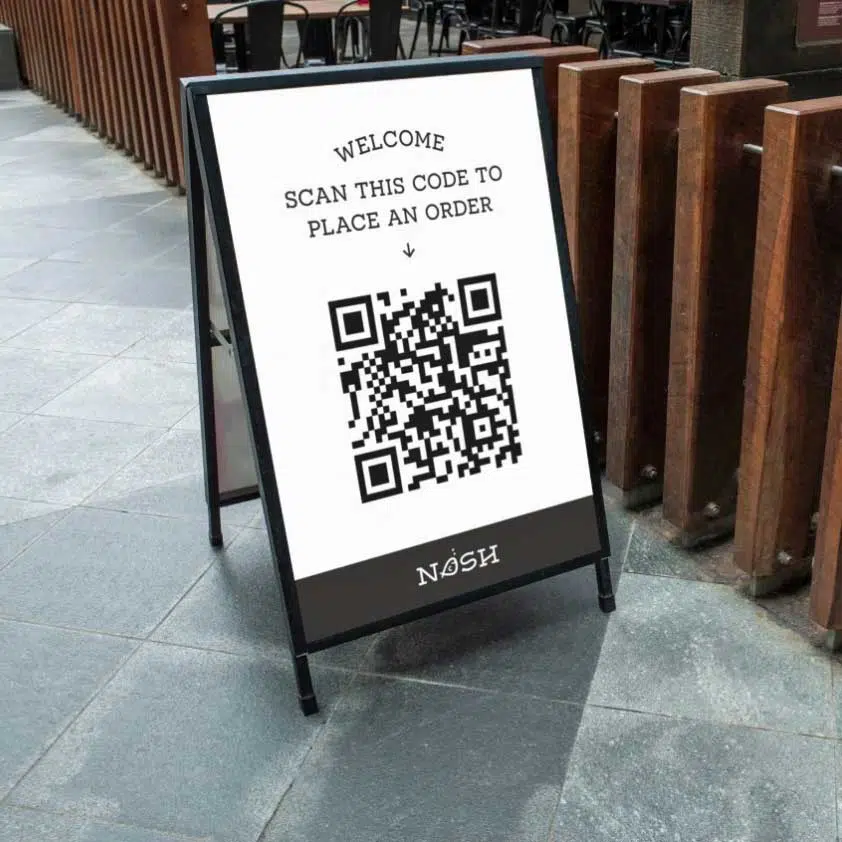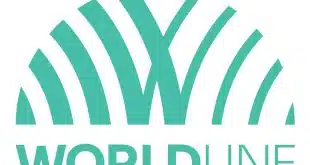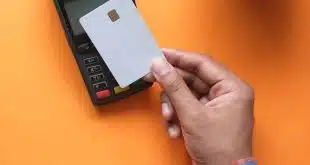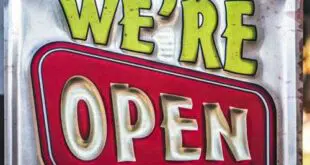Square Inc.’s announcement Tuesday of its new QR code service for restaurants helps bring the contactless technology into the limelight, but it’s only the latest in a string of moves payments providers have made in recent months to position the barcode as a payments enabler.
In Square’s scenario, eateries that use Square Online can display the barcode at the table or on signage for diners to scan with a mobile phone. The scan will show a menu from which diners can place an order. From there, the order is prepared and delivered much as if the diner had dealt with a server, but the technology eliminates a point of contact between the customer and a waiter or waitress.
“By removing wait times and improving the process for handling payment between waiters and patrons, self-serve ordering can improve table turn times and reduce labor costs. The feature can also improve order accuracy when customers are in control of the ordering process,” Square says in an article on its Web site announcing the QR code service. Information on how many Square clients have adopted the service was not immediately available. “It’s a new feature so still in early days and [we] don’t have any numbers or metrics to share just yet,” says a Square spokesman.
Restaurants using Square Online in the United States, Canada, the United Kingdom, and Australia can use the service. Square Online is the San Francisco-based processor’s payments service for e-commerce sales.

But other processors are introducing QR codes as well in a bid to simplify transactions and minimize contact with servers and other staff. As with Square’s deployment, the technology may not trigger a payment but can help streamline the sequence of events leading to one. Shift4 Payments Inc., for example, this summer introduced QR Pay, a service that directs restaurant patrons to a payment page that lets them check out with a credit card. As with Square, restaurants constitute an important merchant category for the Allentown, Pa.-based processor.
Similarly, sensing an immediate opportunity, Schaumburg, Ill.-based point-of-sale technology vendor NMI started selling QR code capability “coming out of Covid,” says Jennifer Sherman, senior vice president of product. The company markets the capability through independent sales organizations and software vendors. Sherman spoke to Digital Transactions for an upcoming cover story about the rise of QR codes as a payments technology.
Indeed, outside of the restaurant industry QR codes are now beginning to challenge near-field communication as a contactless payment technique. PayPal Holdings Inc., long an e-commerce payments giant, is no stranger to this technology. Its efforts over the years to find a way into the physical point of sale have seen it enable QR codes in stores in some 28 countries.
Not long before announcing a deal with CVS that will see it install QR code capability in 8,200 of the pharmacy giant’s U.S. stores, PayPal rolled out a formal program to sell the technology to small and medium-size businesses, offering a two-month free period followed by pricing of 1.9% plus a dime per transaction.
Yet the square-shaped barcodes emerged in 1994 not as a payments-related technology but rather as a means by which workers at Toyota plants in Japan could track automobile parts.





